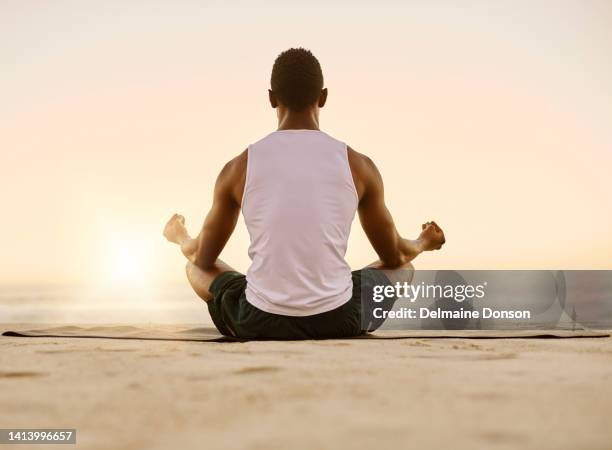Improve Your Well-Being by Understanding How to Meditate?
Improve Your Well-Being by Understanding How to Meditate?
Blog Article
How to Meditate: A Detailed Approach to Achieving Mindfulness and Calmness
Reflection works as an effective device for achieving mindfulness and emotional tranquility in a fast-paced world. By understanding the essential principles and techniques associated with reflection, people can cultivate a technique that boosts their total well-being. This discussion will certainly lay out important steps, from developing a helpful environment to integrating meditation into everyday routines. As we check out these elements, it ends up being clear that the trip to mindfulness is not just concerning the act of resting in silence, yet instead about cultivating a deeper connection with oneself and the globe around us. What might this transformation entail?
Understanding Meditation
Understanding meditation entails grasping its basic principles and methods, which work as the foundation for the technique. At its core, reflection is a psychological exercise focused on promoting leisure, constructing inner energy, and creating compassion and understanding. The practice urges people to focus their attention, frequently through techniques such as deep breathing, visualization, or rule repetition.
Reflection can be classified into numerous designs, consisting of mindfulness, transcendental, and loving-kindness meditation, each with distinctive objectives and approaches. Mindfulness meditation stresses present-moment understanding and non-judgmental observation of thoughts and sensations, while transcendental reflection involves the usage of certain rules to transcend ordinary idea processes. Loving-kindness meditation concentrates on establishing a mindset of love and compassion in the direction of oneself and others.
No matter the strategy utilized, the key goal remains consistent: to cultivate a much deeper understanding of the mind and its patterns. This self-awareness fosters psychological resilience, quality of idea, and a profound feeling of calmness (How to meditate?). By recognizing these methods and concepts, people prepared for a successful meditation method that can dramatically enhance their total well-being
Planning For Your Practice
Before starting your reflection practice, it is important to produce a setting helpful to concentrate and relaxation. Guarantee that the area is complimentary and tidy of mess, as a tidy environment can help remove the mind.
Think about the lights, as all-natural light can enhance your mood and energy. Soft, warm lighting is typically a lot more relaxing than extreme fluorescent lights. Additionally, choose a comfortable temperature, ensuring that you are neither too hot nor as well cold.
Integrating aspects that promote serenity can even more enhance your experience. This might include soft cushions or coverings for convenience, along with soothing fragrances from vital oils or scent. It can likewise be useful to have a timer set for your reflection session to stop distractions from clock-watching.
Fundamental Meditation Methods

Another efficient strategy is body scan reflection. This entails mentally scanning your body from head to toe, observing any kind of areas of tension or discomfort and knowingly loosening up those muscles. This practice promotes a much deeper link in between your mind and body.

Finally, loving-kindness meditation concentrates on cultivating empathy in the direction of yourself and others. Silently repeat expressions of goodwill, enhancing psychological well-being and interconnectedness. Each of these strategies offers as a structure for your reflection journey, permitting you to discover the approach that reverberates best with your personal technique.
Preserving Emphasis and Mindfulness
:max_bytes(150000):strip_icc()/woman-couch-meditation-breathing-56a905355f9b58b7d0f75f55.jpg)
Establishing a specialized reflection room can boost the capacity to keep mindfulness. A silent, clean atmosphere lessens diversions, enabling for deeper immersion in the practice. Additionally, establishing a time frame can aid take care of assumptions; starting with much shorter sessions may ease the transition right into longer techniques.
Utilizing techniques such as body scanning or observing sensations can additionally strengthen mindfulness. These methods urge experts to remain present and engaged with their physicality, securing their focus in the moment. Regular method is necessary; the brain builds strength with time, producing a stronger ability for emphasis.
Incorporating Meditation Into Day-to-day Live
Including reflection into day-to-day live can transform routine tasks into possibilities for mindfulness and self-reflection. By incorporating mindfulness techniques right into common jobs, individuals can grow a higher sense of existence and serenity amidst the numerous hours of daily life.
Begin by identifying minutes throughout your day you could look here where you can stop briefly and exercise mindfulness. Throughout your morning commute, emphasis on your breath or the feelings of the atmosphere around Your Domain Name you. In the cooking area, method food preparation as an introspective method, savoring the structures, shades, and scents of the active ingredients. Even ordinary tasks like washing meals or strolling can become chances for reflection by directing your focus to the feelings of activity and the sounds surrounding you.
Additionally, setting aside specialized times for reflection can enhance its practice. Start with short sessions, slowly raising period as you become much more comfortable. Usage suggestions or cues-- like a particular time of day or a soothing noise-- to develop uniformity.
Ultimately, the goal is to weave mindfulness into the textile of day-to-day live, enabling you to approach each minute with purpose, consequently enhancing your overall feeling of well-being and quality.
Verdict
In conclusion, effective reflection requires a peaceful environment, a comfy position, and a focus on the breath. Normal meditation, even in brief sessions, cultivates a deeper link to the present minute, eventually leading to better calm and psychological clearness in daily life.
Reflection helpful site can be classified into various styles, consisting of mindfulness, transcendental, and loving-kindness meditation, each with distinctive purposes and approaches. Mindfulness reflection stresses present-moment recognition and non-judgmental monitoring of sensations and thoughts, while copyright includes the usage of particular mantras to go beyond average thought processes.With your meditation room prepared, it's time to explore different basic meditation techniques that can assist grow mindfulness and internal tranquility.Continually maintaining emphasis and mindfulness during reflection can be difficult, especially for those brand-new to the method.Developing a committed reflection room can improve the capability to maintain mindfulness.
Report this page